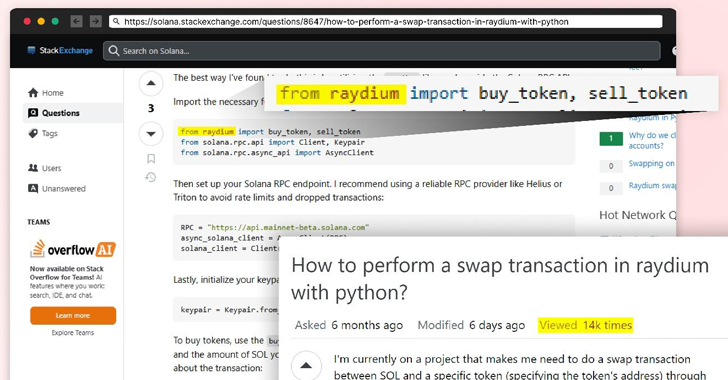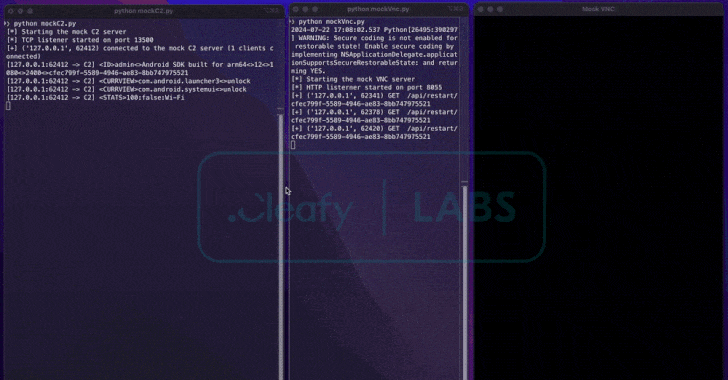Over 1 Million Domains at Risk of ‘Sitting Ducks’ Domain Hijacking Technique
Over a million domains are susceptible to takeover by malicious actors by means of what has been called a Sitting Ducks attack. The powerful attack vector, which exploits weaknesses in the domain name system (DNS), is being exploited by over




















